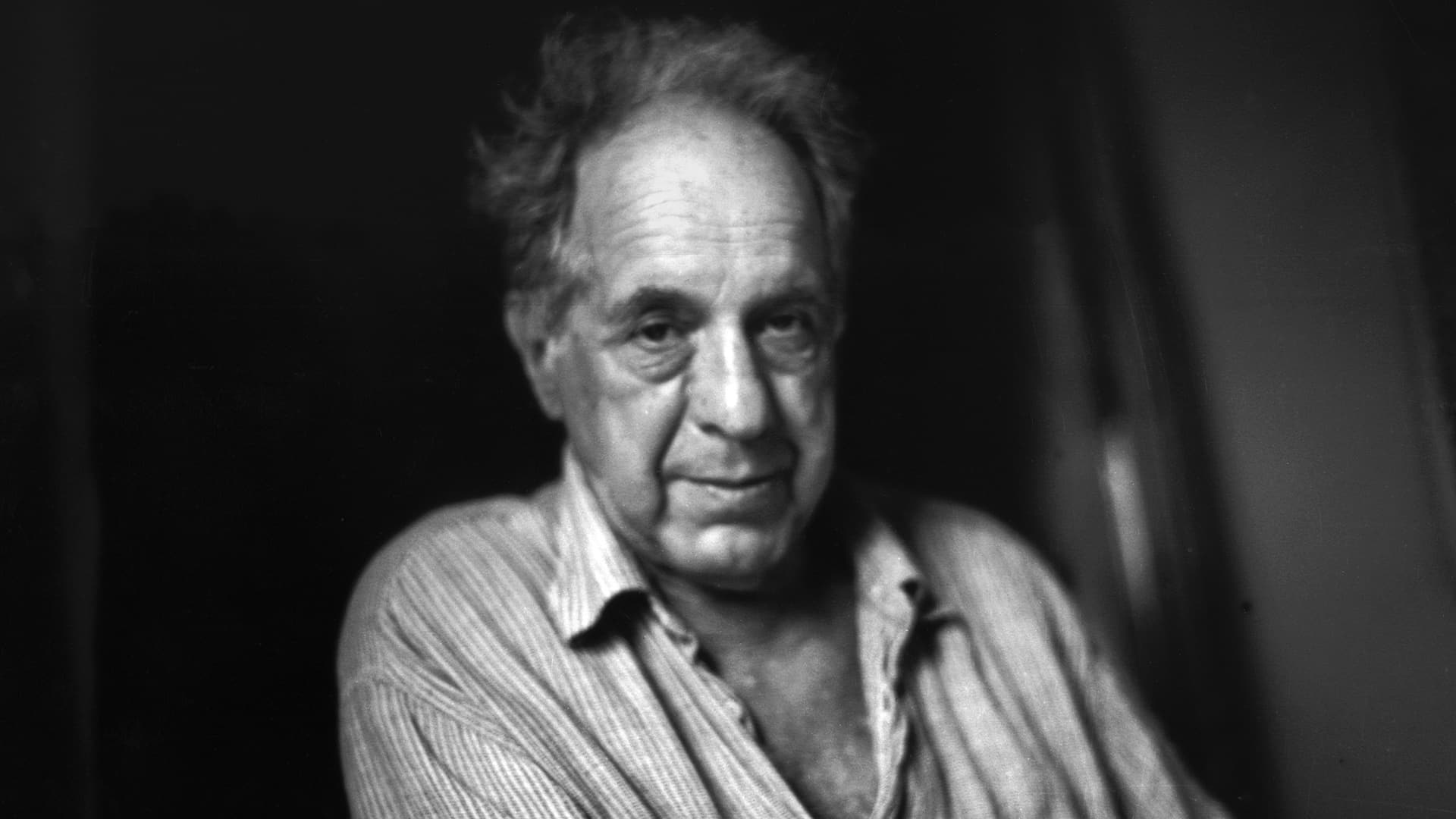American photographer Robert Frank, one of the most famous of the 20th century, and a pioneer of documentary photography with the book The Americans, died in Inverness, USA, on Monday, September 9, 2019 at the age of 94. His death was confirmed to the New York Times by the Pace-MacGill Gallery, which represented him.

You’re getting blind.
Don’t miss the best of visual arts. Subscribe for $9 per month or $108 $90 per year.
Already suscribed ?



